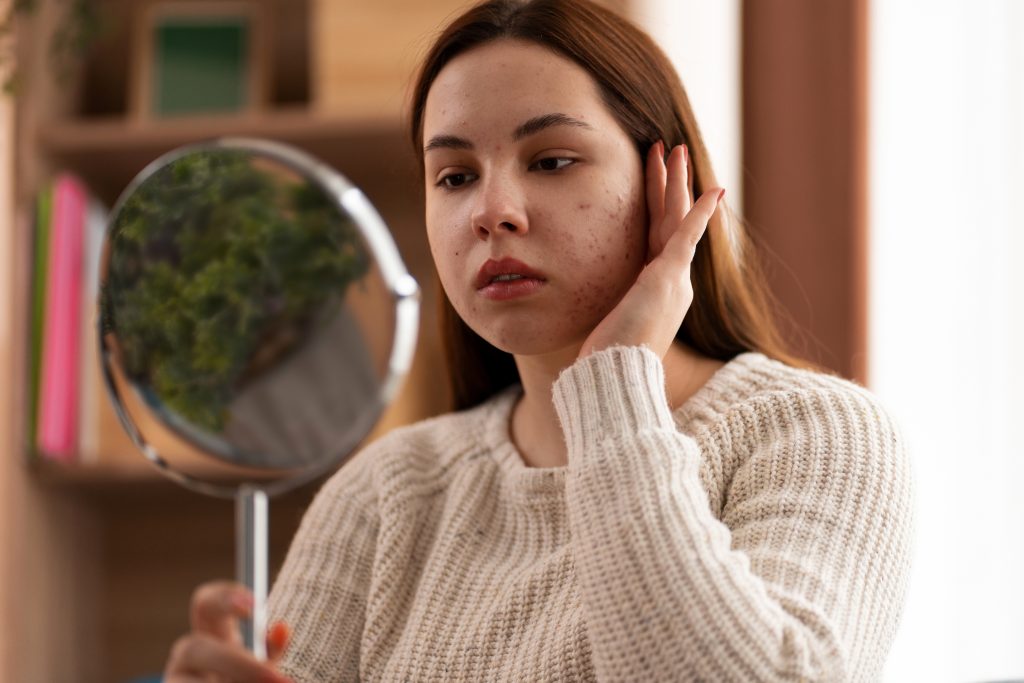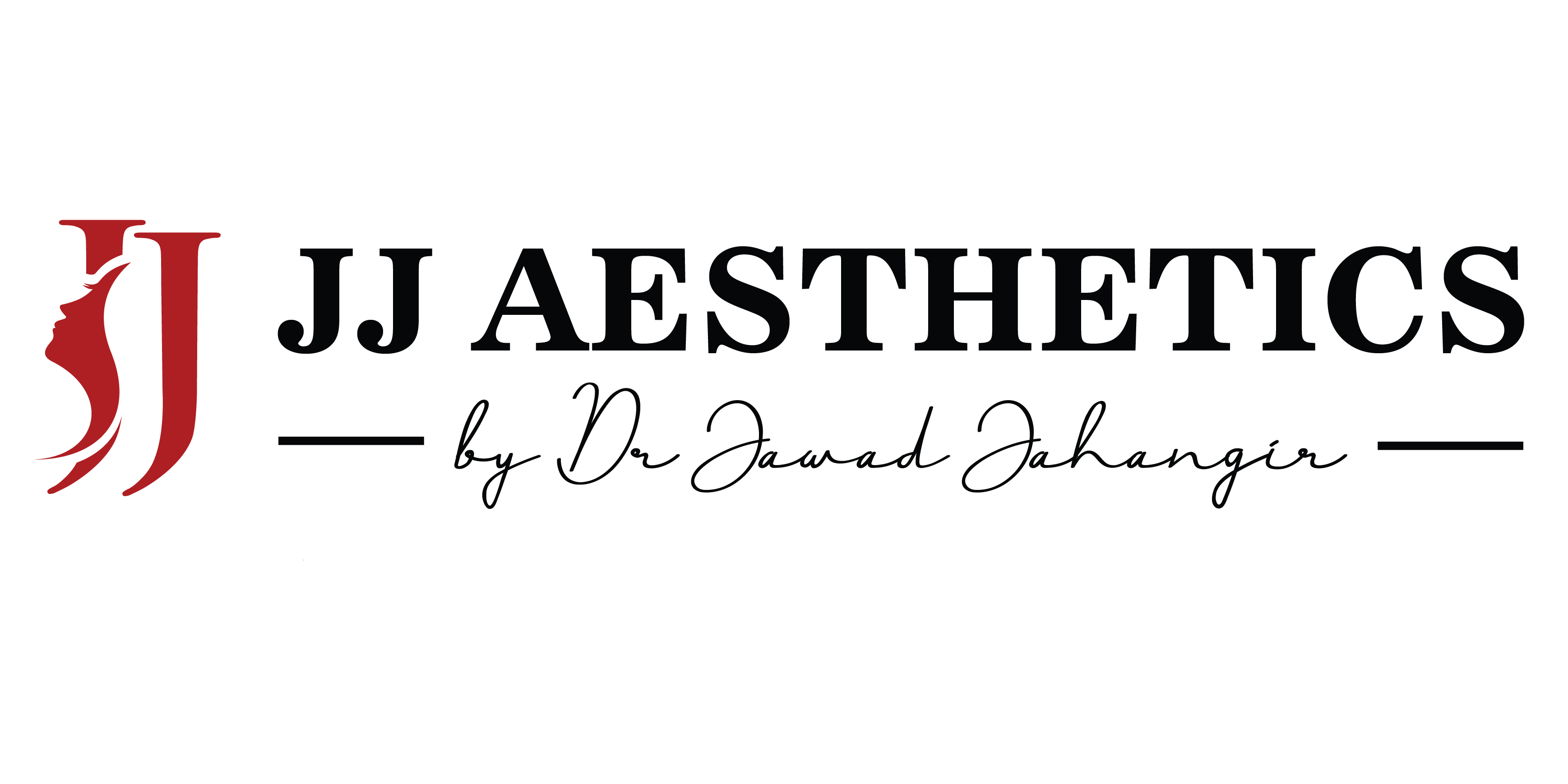Acne & Acne Scars Treatments
Effective Treatments for Acne and Acne Scars: Regain Clear and Radiant Skin
Dealing with acne and its aftermath, like acne scars, can be a frustrating and challenging experience. However, thanks to advancements in dermatology and skincare, there are now a variety of effective treatments available to help individuals combat acne and minimize the appearance of stubborn scars. From innovative medical procedures to targeted skincare regimens, these treatments offer renewed hope for achieving clear and radiant skin.

Addressing Acne: Targeted Solutions
Topical Treatments: Topical treatments, including creams, gels, and serums containing ingredients like benzoyl peroxide, salicylic acid, and retinoids, are often the first line of defense against acne. They work by reducing inflammation, unclogging pores, and promoting the turnover of skin cells, leading to fewer breakouts.
Oral Medications: For more severe cases of acne, dermatologists may prescribe oral medications such as antibiotics, hormonal therapies, or isotretinoin. These medications help to control bacteria, regulate hormone levels, and prevent excessive oil production, ultimately reducing the occurrence of acne lesions.
Chemical Peels: Chemical peels are effective in exfoliating the skin’s outer layer, unclogging pores, and promoting the regeneration of healthy skin cells. They can be particularly useful in reducing the appearance of active acne and preventing future breakouts.
Laser and Light Therapies: Laser and light-based treatments, such as blue light therapy and photodynamic therapy, target acne-causing bacteria and reduce inflammation. These non-invasive treatments can be beneficial for individuals who prefer a gentler approach.

Conclusion
Acne and acne scars no longer have to be a source of frustration or self-consciousness. With a range of advanced treatments available, individuals can choose the approach that best suits their needs and goals. Whether it’s conquering active acne or diminishing the appearance of scars, these treatments offer a path towards clearer, healthier, and more confident skin. Consultation with a skilled dermatologist or skincare professional is essential to create a personalized treatment plan that aligns with your unique skin concerns and aspirations.
